Birdword Archive: A Pictorial Exploration of Obscure Ornithological Terms
January 4, 2024Birdword is a recurring feature in Living Bird magazine. Subscribe now.
They’re sometimes called technical terms, eight-dollar-words, jargon, or just plain gobbledygook. But hidden inside those multisyllabic ornithological utterances are keys to fascinating behaviors, time machines to take you back to ancient Greek and Latin, and sly insights to the minds of scientists at work.
In this recurring feature, we break down a few of the “birdwords” we enjoy the most. Note: in 2024, we welcomed talented illustrator Rosemary Mosco as our Birdword artist—see Mosco’s latest Birdword cartoons here.
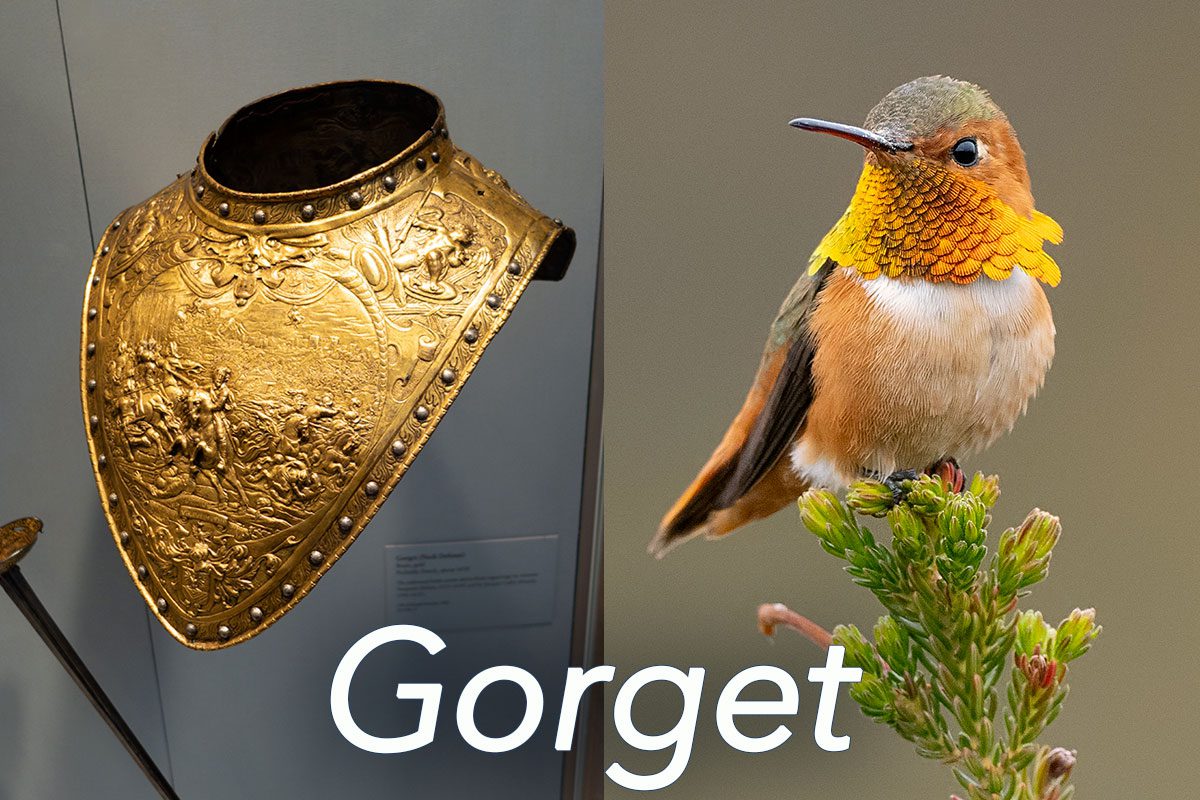
Gorget: n. A distinctive patch of color on an animal’s throat, often found on hummingbirds. This striking bit of avian anatomy is named for a piece of armor used in Europe in the 1600s and 1700s that protected the neck, nape, shoulders, and upper chest.
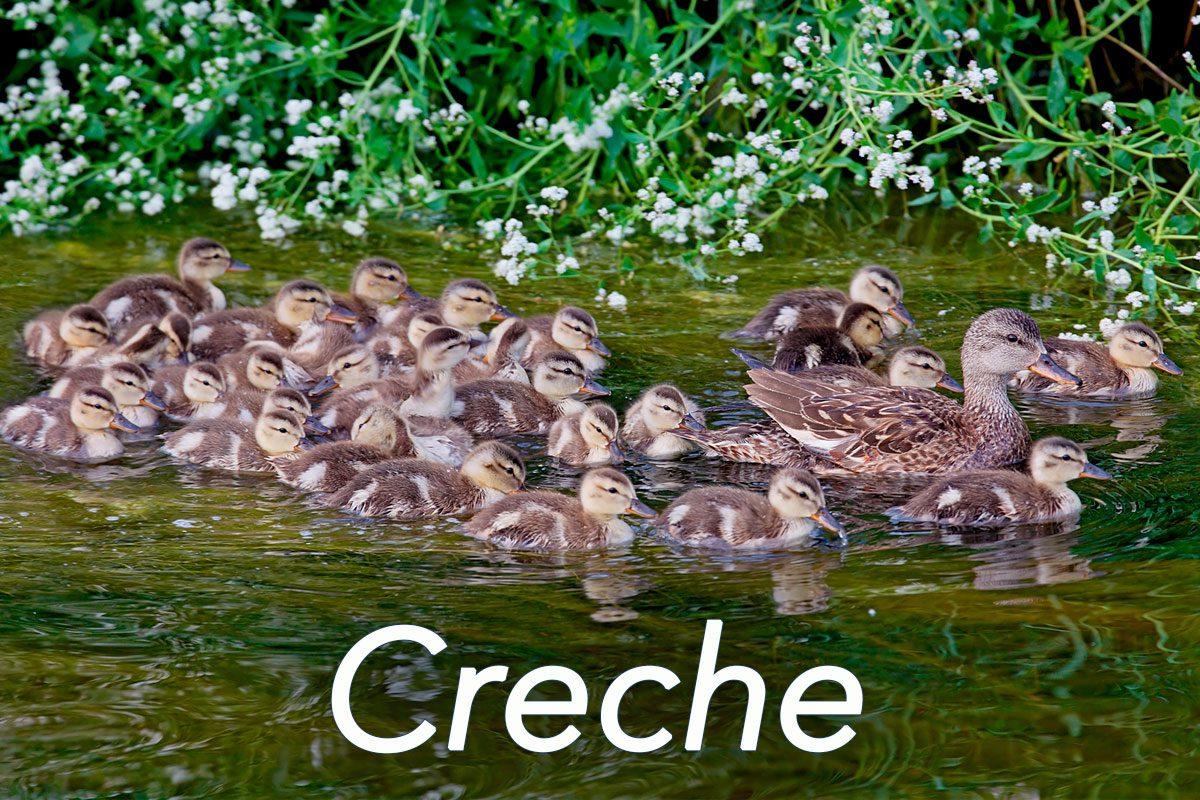
Creche: n. A group of still-dependent young from two or more breeding females, attended by one or more adults .
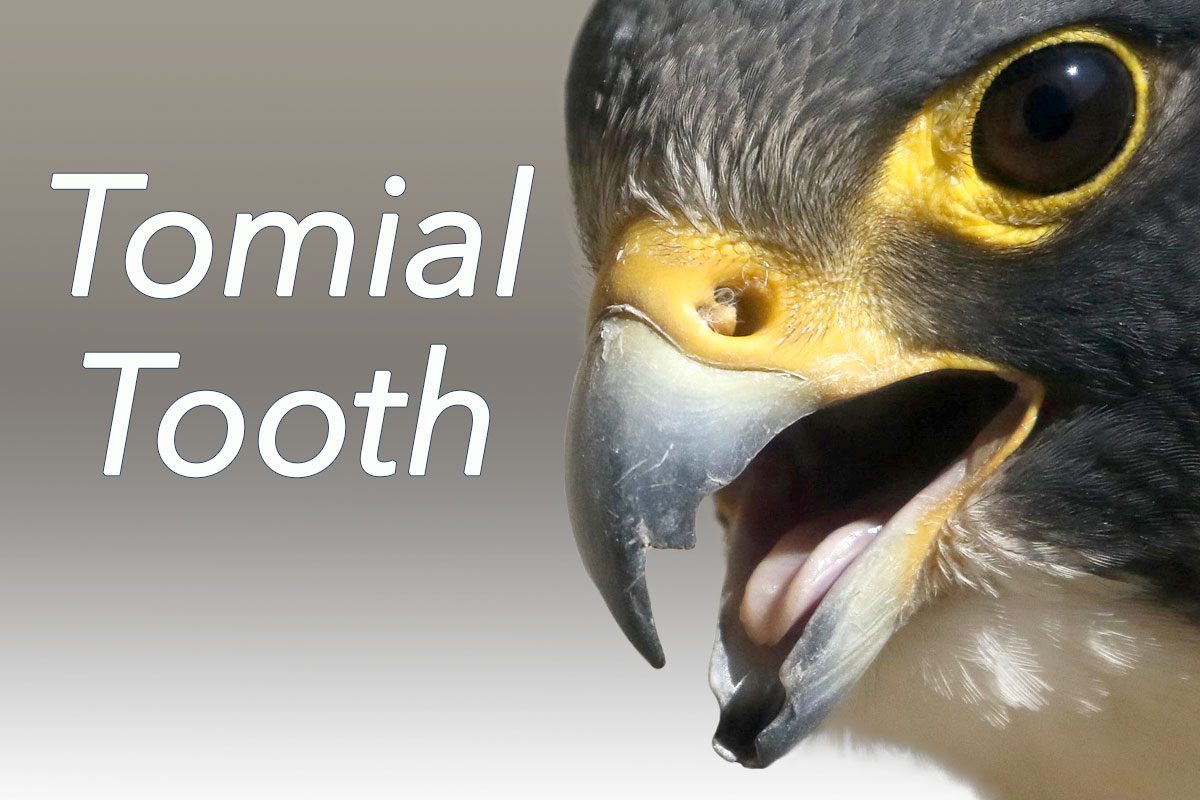
Tomial Tooth: n. A protrusion on the upper bill of some birds—including falcons, kites, and shrikes—reminiscent of a tooth. The “tooth” and the corresponding divot in the lower mandible allow the bill to act like a pair of shears, which may make it easier for the predators to sever the spinal cords of their vertebrate prey.
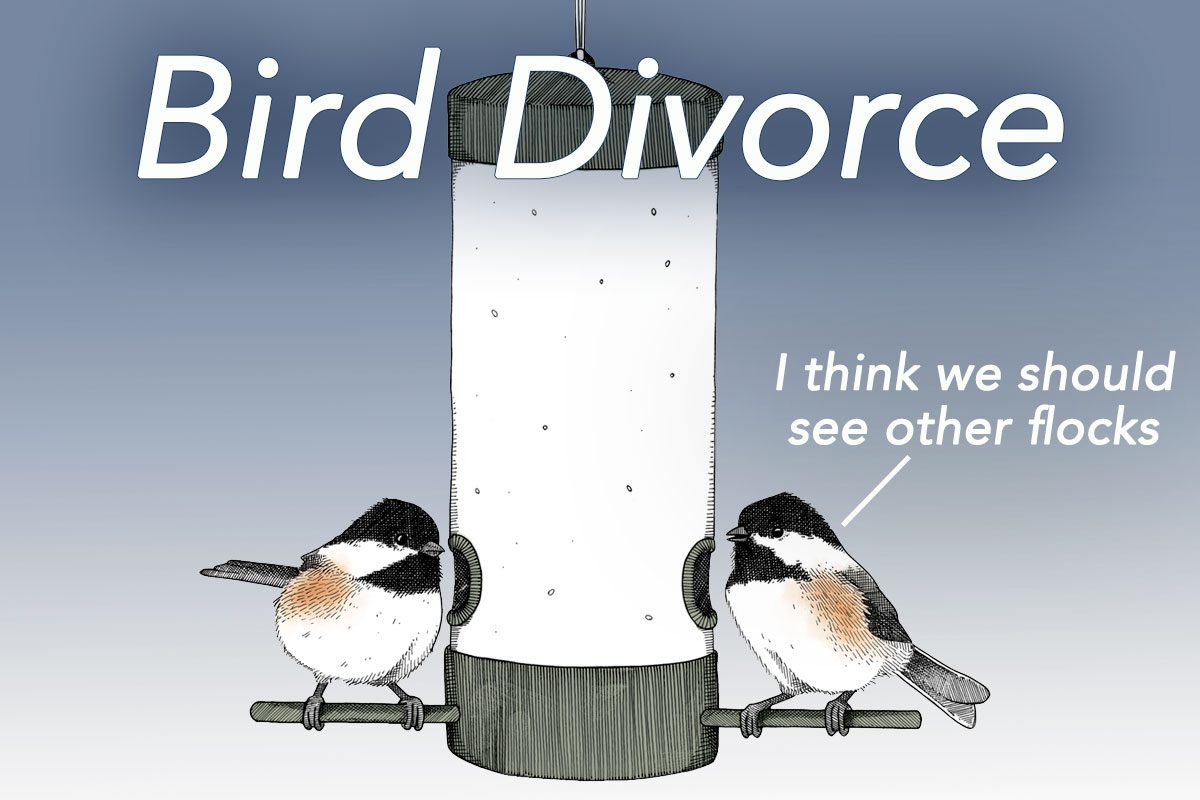
Bird Divorce: In many songbirds, such as cardinals, Blue Jays, and chickadees, males and females tend to pair up for multiple breeding seasons. Some may mate for life. But divorce is also common. In birds, divorce is when both members of a pair are still alive, but one or both birds break their existing pair bond, usually to re-pair with a different individual. Divorce is most often initiated by the female. Experiments have shown that many females divorce in order to re-pair with a higher-quality or more dominant male.
![Bar-tailed Godwit Photos by Jon Irvine via Birdshare. Rhynchokinesis n. [Rhyncho (Gr., beak) + Kinesis (Gr., movement)] A bird’s ability to independently flex its upper bill, a trait most pronounced in long-billed shorebirds and a few other groups such as cranes and hummingbirds. In shorebirds, the action assists with the capture of slippery items when the bill is thrust deep into the sand or mud.](https://www.allaboutbirds.org/news/wp-content/uploads/2018/09/Rhynchokinesis-large.jpg)
Bar-tailed Godwit photos by Jon Irvine via Birdshare, featured in Living Bird, Autumn 2018.
Rhynchokinesis: n. [rhyncho (Greek, beak) + kinesis (Greek, movement)] A bird’s ability to independently flex its upper mandible, a trait most pronounced in long-billed shorebirds and a few other groups such as cranes and hummingbirds. In shorebirds, the action assists with the capture of slippery items when the bill is thrust deep into the sand or mud.
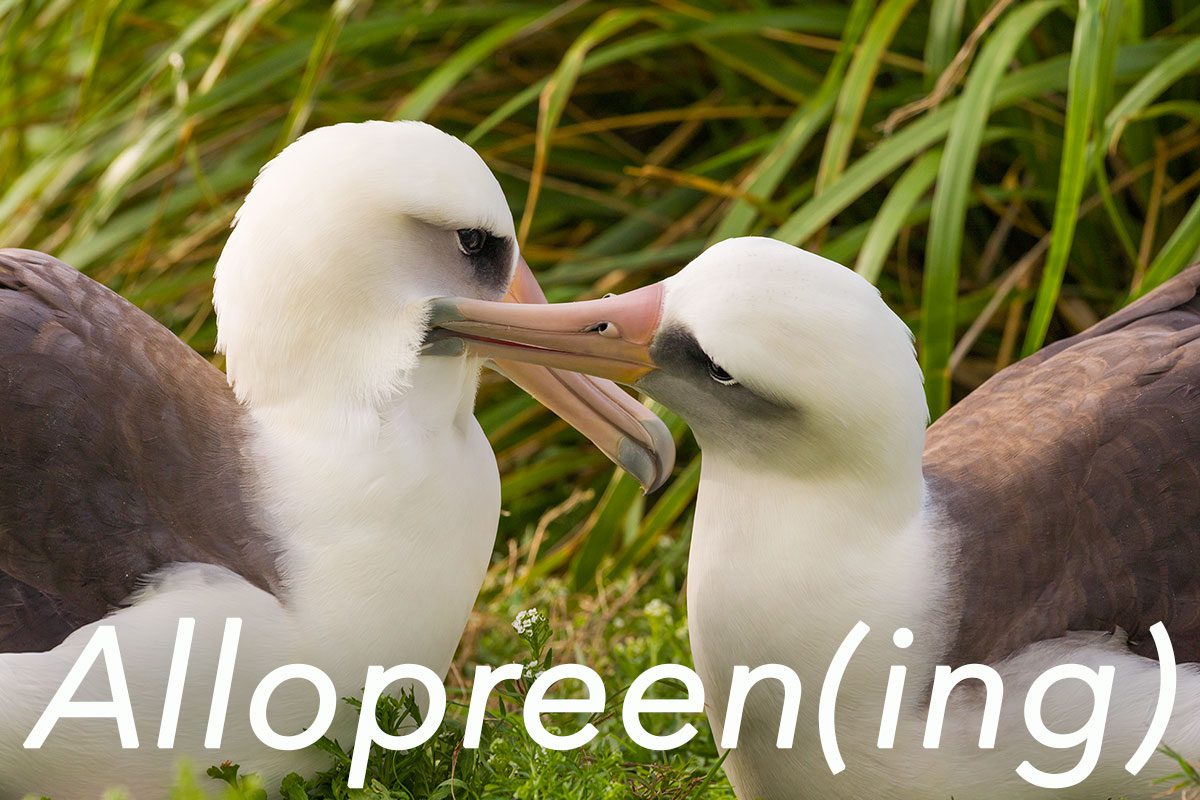
Allopreen (v.), allopreening (n.): the grooming of one bird by another of the same species; birds allopreen to clean feathers in hard-to-reach places and to strengthen pair bonds.
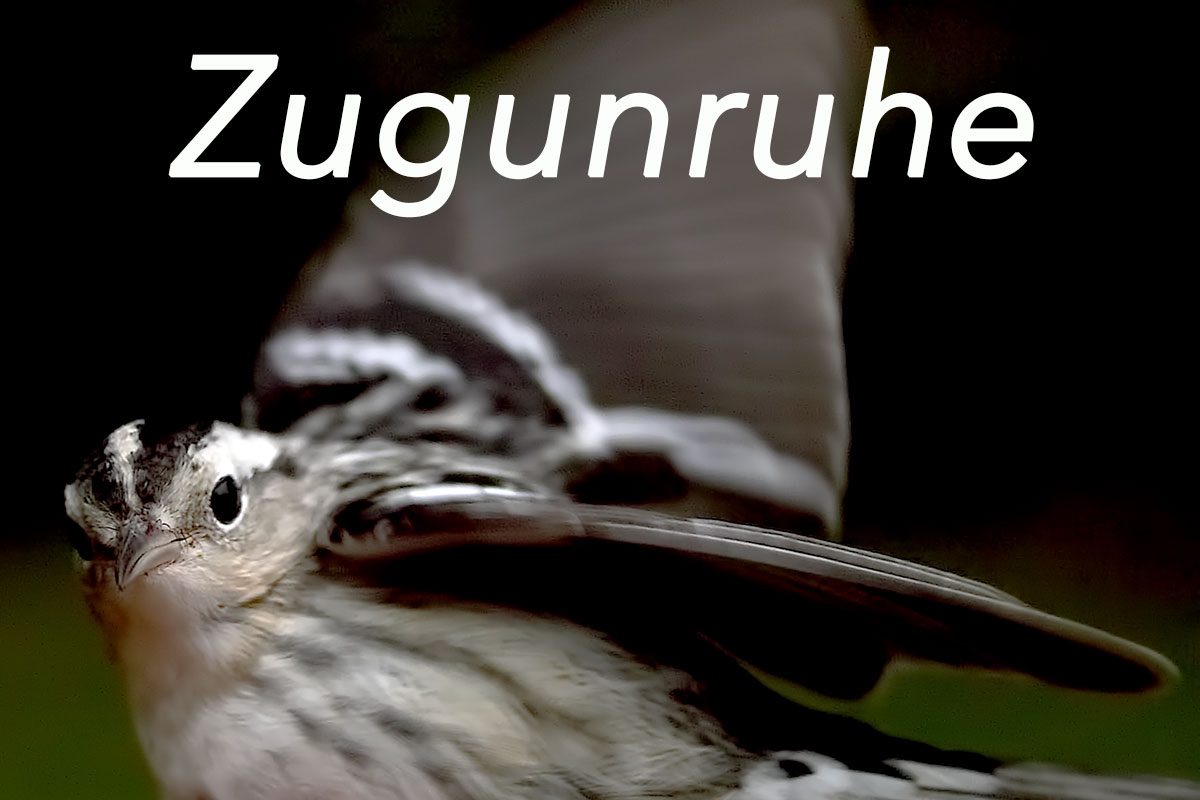
Zugunruhe: n. [German] migratory restlessness; when songbirds are ready to migrate, they literally cannot sit still.
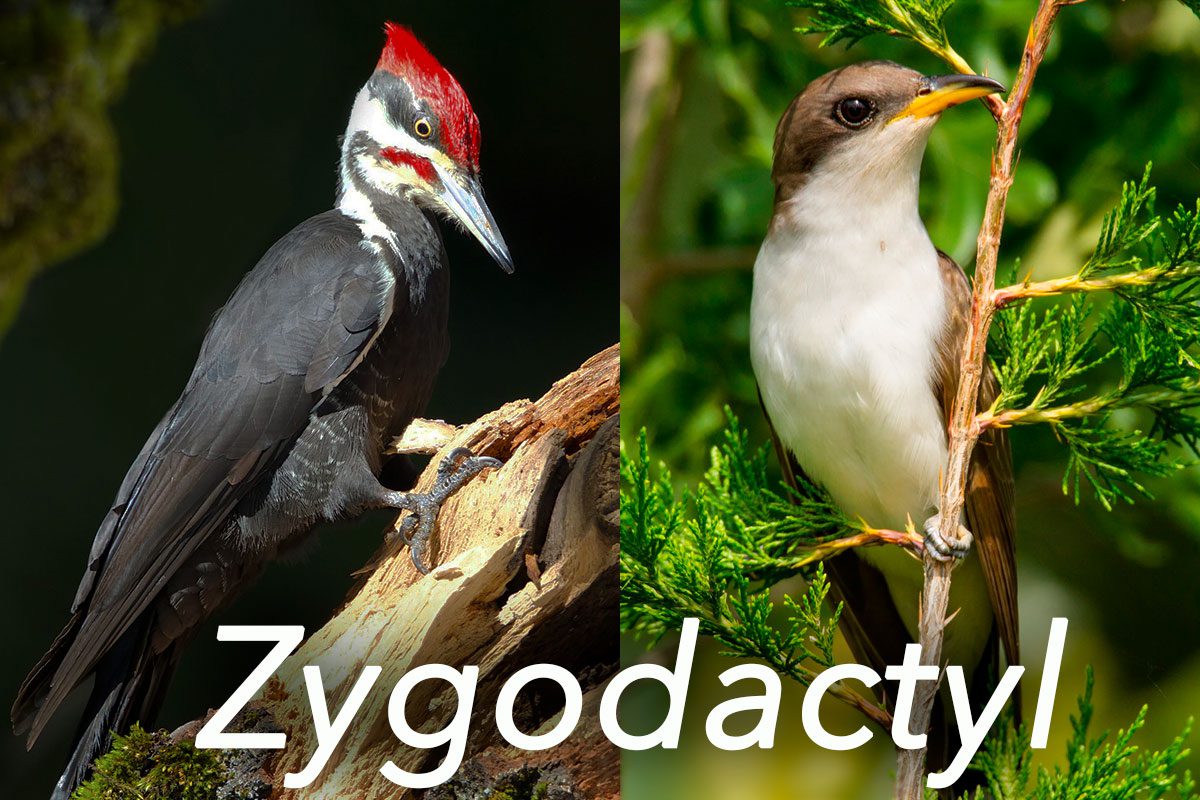
Zygodactyl: adj. [Greek zygo (yoked, or paired) + dactyl (toed)] Having two toes facing forward and two facing backward. A feature of several orders of birds, including cuckoos, woodpeckers, and parrots.

All About Birds
is a free resource
Available for everyone,
funded by donors like you
American Kestrel by Blair Dudeck / Macaulay Library